PERIMETER SECURITY PROTECTION KEY FACTORS
When assessing a building’s perimeter security, it is essential to assess a wide range of factors to ensure comprehensive protection while optimising costs and efficiency. The goal is to create a layered defence that deters, detects, and delays intruders long enough for security forces or emergency responders to act.
Here are the key considerations when making such an investment:
- Threat Assessment and Risk Analysis
• Identify Threats: Understand the types of threats the building might face, including burglary, vandalism, terrorism, industrial espionage, or natural disasters. Conduct a vulnerability assessment to identify weak points in the building’s perimeter.
• Risk Levels: Based on threat assessment, gauge the level of risk. High-risk facilities (like data centres or embassies) will require more robust security measures compared to low-risk properties.
• Security Objectives: Clarify the primary goals (e.g., preventing unauthorised access, protecting assets, ensuring the safety of occupants). This will drive the design and choice of perimeter security measures.
- Budget and Cost-Efficiency
• Initial Costs: Consider upfront costs, including equipment, installation, and training. Balance security needs with available budget, ensuring that critical areas get prioritised investment.
• Long-Term Costs: Factor in the costs for maintenance, system upgrades, and personnel. Automated systems may have higher initial costs but lower long-term manpower expenses.
• Return on Investment (ROI): Assess the ROI based on the value of assets being protected, the potential savings from preventing breaches, and the reduction of security personnel if automation is implemented.
- Regulatory Compliance
• Local Laws and Codes: Ensure that perimeter security solutions comply with local laws, building codes, and regulations. This could include zoning laws, height restrictions on fences, or restrictions on certain types of surveillance (like privacy concerns with CCTV).
• Data Privacy Laws: If installing surveillance systems, ensure compliance with GDPR, CCPA, or other relevant data protection laws, particularly in regard to data collection, storage, and sharing.
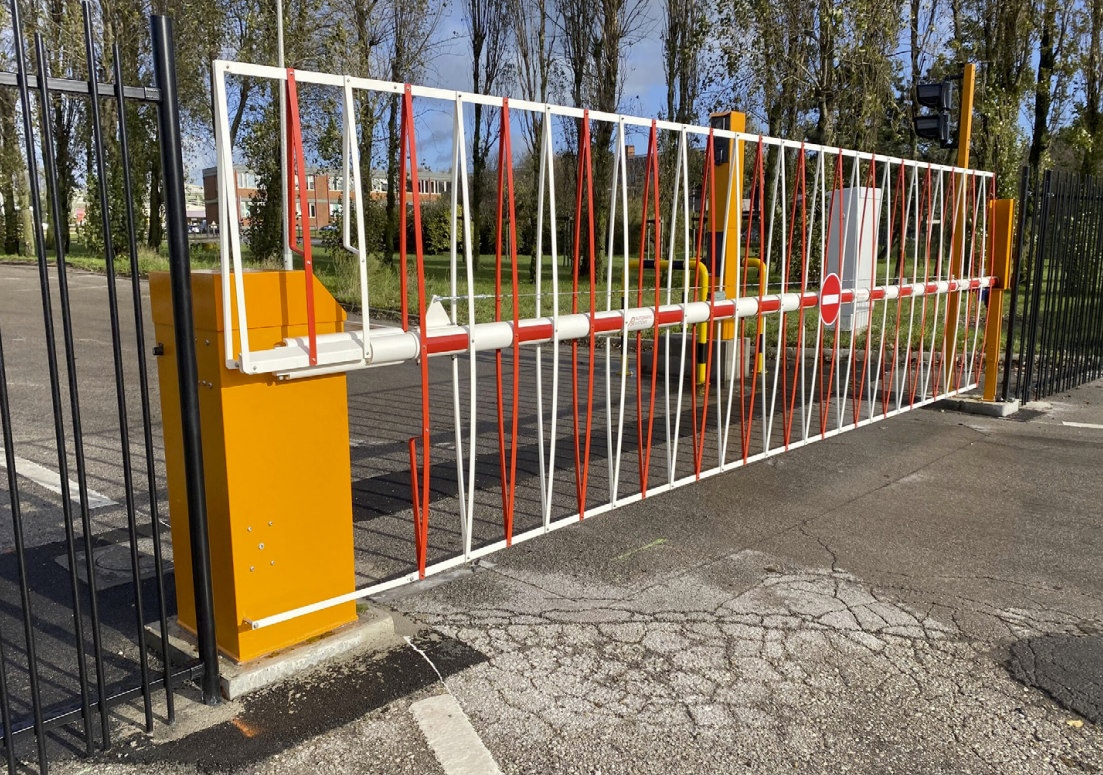
4. Physical Barriers
• Fencing and Walls: Choose durable, tamper-resistant fencing or walls that provide a clear visual and physical barrier. Height, material (e.g., steel, concrete), and anti-climb features (barbed wire, razor wire) should be considered based on security needs.
• Vehicle Barriers: Install crash-rated barriers (bollards, barriers) where vehicle-based attacks or unauthorised vehicle access is a concern.
• Access Points: Secure all access points such as gates and doors with strong locks, automatic gate systems, or vehicle control measures like spike strips or tyre killers.
5. Technology and Automation
• Surveillance Systems: Invest in CCTV cameras, thermal imaging, and video analytics for monitoring the perimeter. Ensure full coverage of the perimeter and eliminate blind spots. Consider night vision and weather-resistant cameras.
• Access Control Systems: Install electronic access controls (keycards, biometrics, or mobilebased systems) at entry points to restrict access to authorised personnel only.
• Intrusion Detection: Use motion sensors, infrared or microwave sensors, and ground-based vibration sensors to detect movement near or around the perimeter. Set up alarms or notification systems that alert security personnel.
• Lighting: Ensure proper lighting is in place to deter intruders, aid surveillance, and reduce hiding spots. Use motion-activated lights to save energy while maintaining security.
6. Scalability and Flexibility
• Future Expansion: Choose perimeter security solutions that are scalable and flexible, allowing for easy upgrades or expansion as needs grow. Ensure that new systems can be integrated seamlessly with existing infrastructure.
• Modular Systems: Use modular designs so that additional components (e.g., cameras, sensors, gates) can be added later without requiring a complete system overhaul.
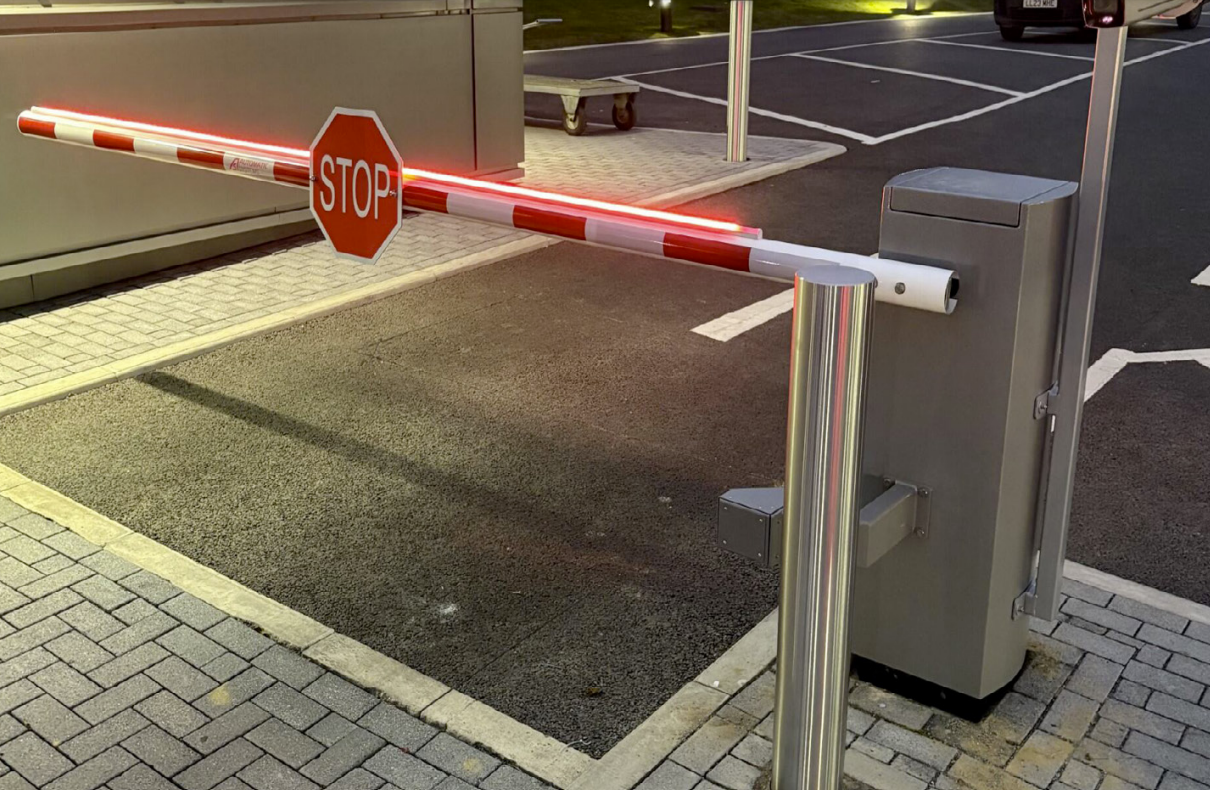
7. Integration with Existing Systems
• Centralised Management: Ensure that all perimeter security systems are integrated into a centralised control system. This allows for efficient monitoring and coordination of alarms, video feeds, and access controls.
• Cross-System Communication: Integrate physical security with building management systems (e.g., HVAC, fire safety) to respond dynamically in emergencies. Systems should work together to automatically lock doors, reroute traffic, or activate alarms as needed.
8. Redundancy and Reliability
• Backup Power: Ensure that critical perimeter security systems (e.g., gates, alarms, CCTV) are backed up by uninterruptible power supplies (UPS) or generators to maintain functionality during power outages.
• Fail-Safe Mechanisms: Implement fail-safe measures in case of system failures. This could include manual override options for automatic gates or secondary alarm systems.
• Resilience to Environmental Conditions: Select systems that can withstand environmental factors such as extreme weather, dust, or corrosion (e.g., IP-rated cameras and equipment).
9. Response Time and Incident Management
• Alarm and Response Protocols: Establish clear protocols for responding to alarms or detected breaches. Automatic alerts should be sent to security personnel, control centres, or emergency services depending on the severity of the breach.
• Remote Monitoring: Consider whether remote monitoring services will be used. Outsourcing monitoring to specialised services can offer 24/7 oversight without requiring on-site personnel.
• Incident Logging: Ensure that the system keeps a detailed log of all access, alarms, and responses. This data can be used for post-incident reviews or forensic investigations.
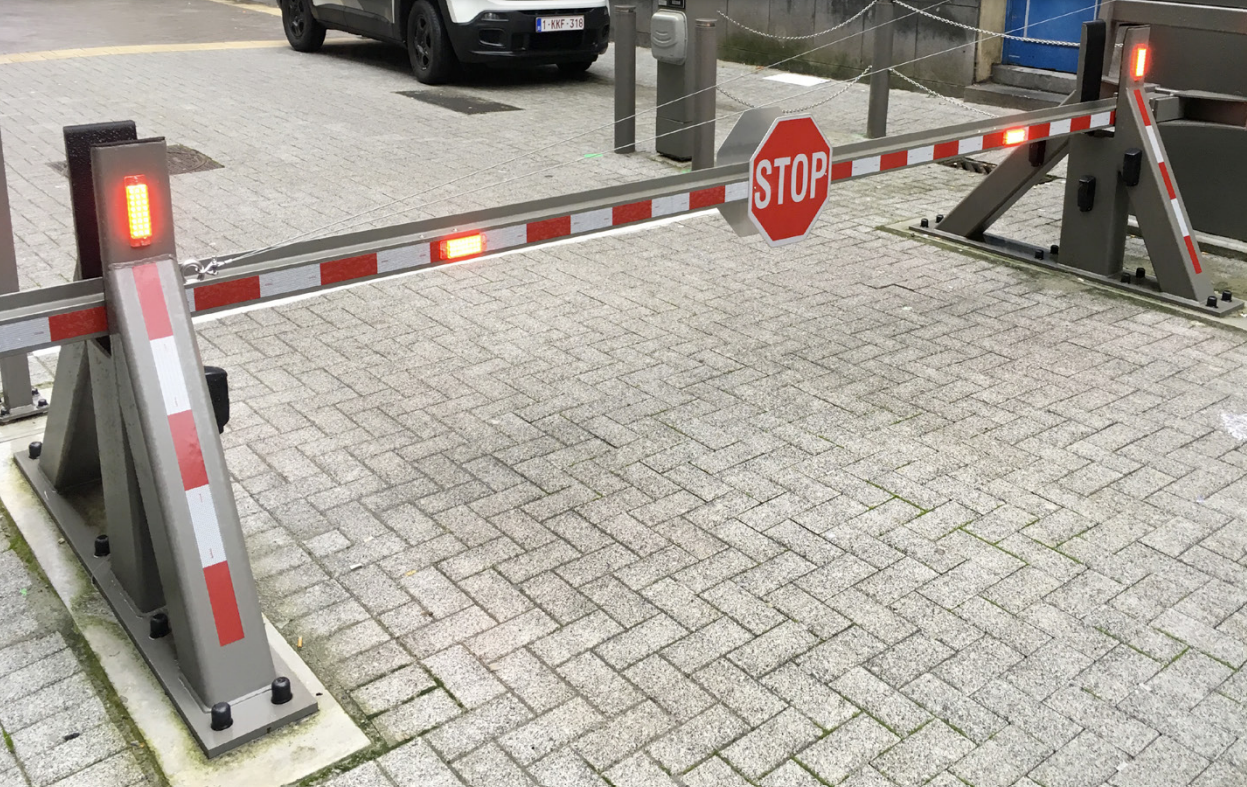
10. Environmental and Aesthetic Impact
• Visual Impact: Balance the need for strong physical barriers with the aesthetic requirements of the building and its surroundings. For buildings in residential or corporate settings, opt for security solutions that blend with the environment while providing protection.
• Environmental Impact: Consider the environmental impact of the security solution. Use energy-efficient technologies (e.g., LED lighting, solar-powered equipment) to minimise energy consumption.
11. Personnel Requirements
• On-Site Security: Decide if the investment will include hiring trained security personnel for monitoring the perimeter and responding to incidents. Automated systems can reduce the need for personnel, but manned patrols still provide a physical presence.
• Training: Ensure that all security personnel and staff are trained in using and maintaining the perimeter security systems. They should also be familiar with emergency protocols and response procedures.
12. Maintenance and Upkeep
• Regular Inspections: Schedule regular inspections and maintenance of physical barriers, electronic systems, and power supplies to ensure everything is in working order. Faulty systems can compromise security.
• Service Contracts: Invest in service contracts with equipment suppliers to provide ongoing maintenance, repairs, and software updates for the perimeter security systems.
13. Cybersecurity Considerations
• Secure Connectivity: Ensure that all connected security systems (e.g., IP cameras, smart locks, and alarms) are protected from cyber threats. This includes using encryption, firewalls, and multi-factor authentication for remote access.
• Network Segmentation: Keep security systems on a dedicated network separate from other building systems to reduce vulnerability to cyberattacks.
14. Community and Stakeholder Engagement
• Stakeholder Consultation: Involvestakeholders (e.g., tenants, facility managers, or neighbouring properties) in security planning to ensure that their concerns are addressed and to avoid disrupting their operations.
• Community Impact: In residential or mixed-use areas, consider the community impact of perimeter security measures. Overly aggressive systems can cause tension, so consider less invasive solutions where appropriate.
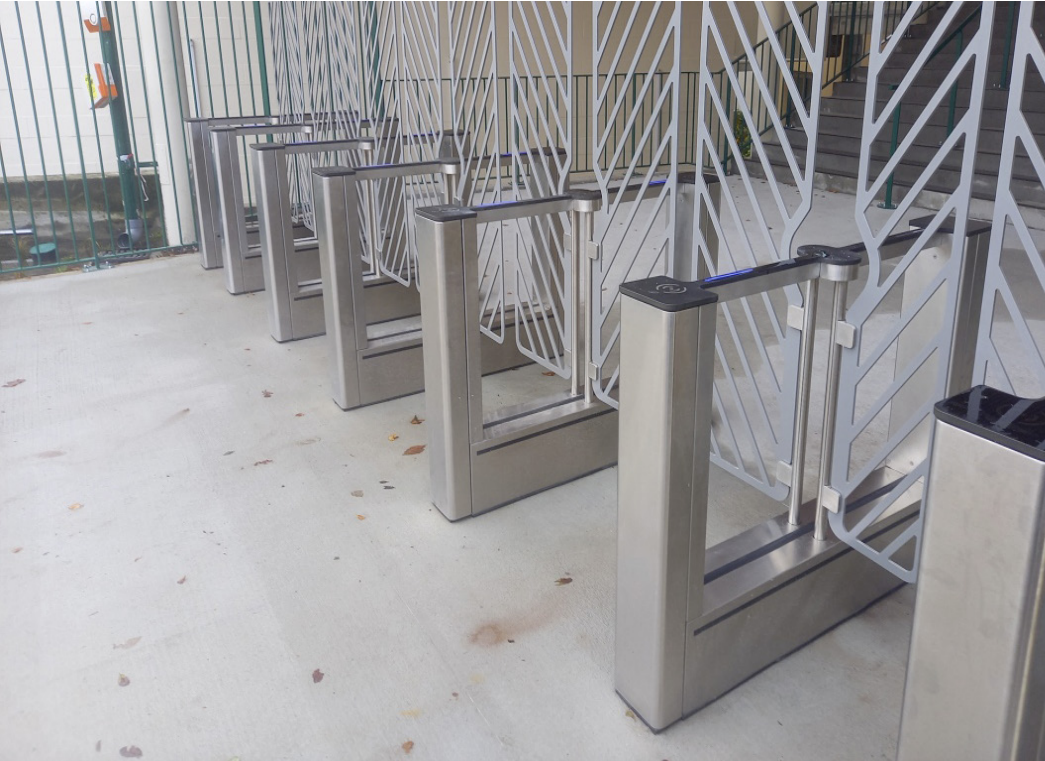
Once all the above has been addressed the next stage is to look at the physical products that can
be included:
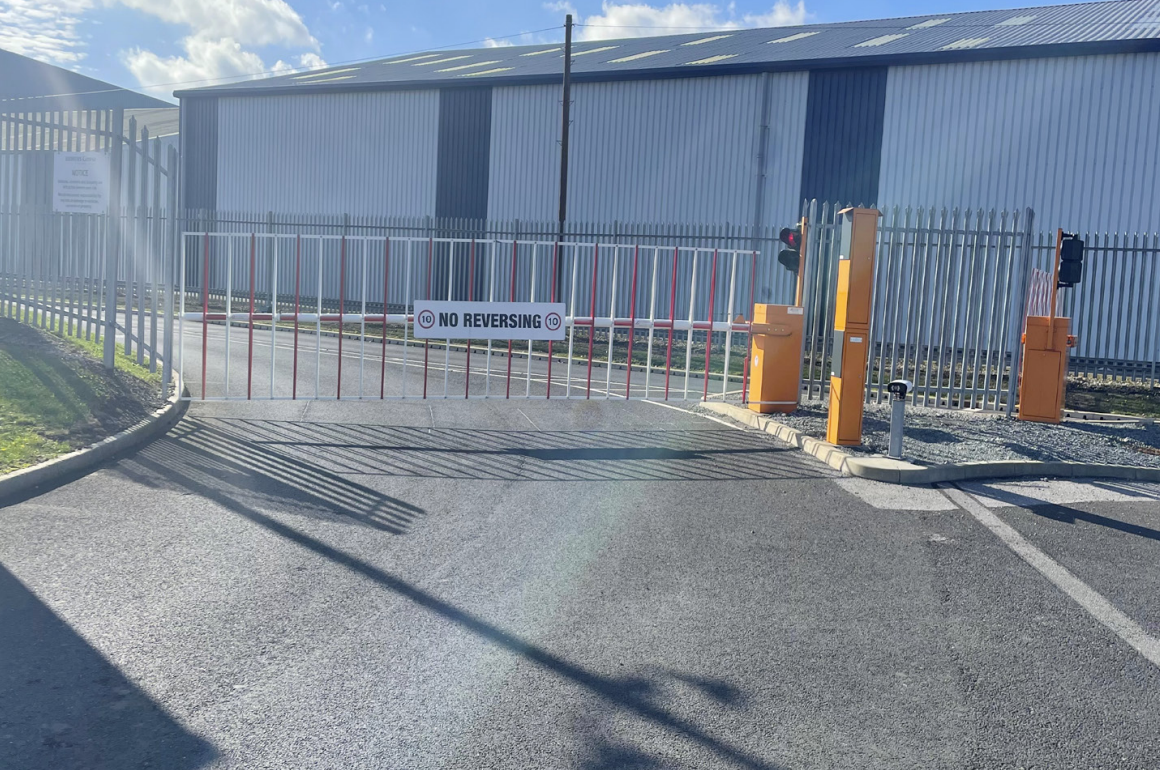
1. Physical Barriers
• Fencing and Walls: Strong, well-maintained fencing or walls are the first line of defence. Consider the height, material, and condition of the fence or wall. For higher security, anticlimb or razor wire may be added.
• Gates and Entrances: Secure gates should limit access. Electronic or manual locking mechanisms, vehicle barriers, and access controls like card readers or biometric scanners enhance security. Ensure gates are made of durable materials and allow for visual surveillance of incoming traffic.
• Crash-rated Barriers: In sensitive areas, vehicle barriers such as bollards or security posts may be used to prevent unauthorised vehicle access or ram attacks.
2. Access Control Points
• Controlled Entry/Exit: Ensure that there are designated and controlled access points for both pedestrians and vehicles. Implementing manned guard posts, turnstiles, or checkpoints with ID verification helps regulate who enters and exits.
• Authentication Methods: Consider different levels of access controls such as keycards, biometrics (fingerprint, facial recognition), or PIN systems for different personnel, ensuring no unauthorised entry.
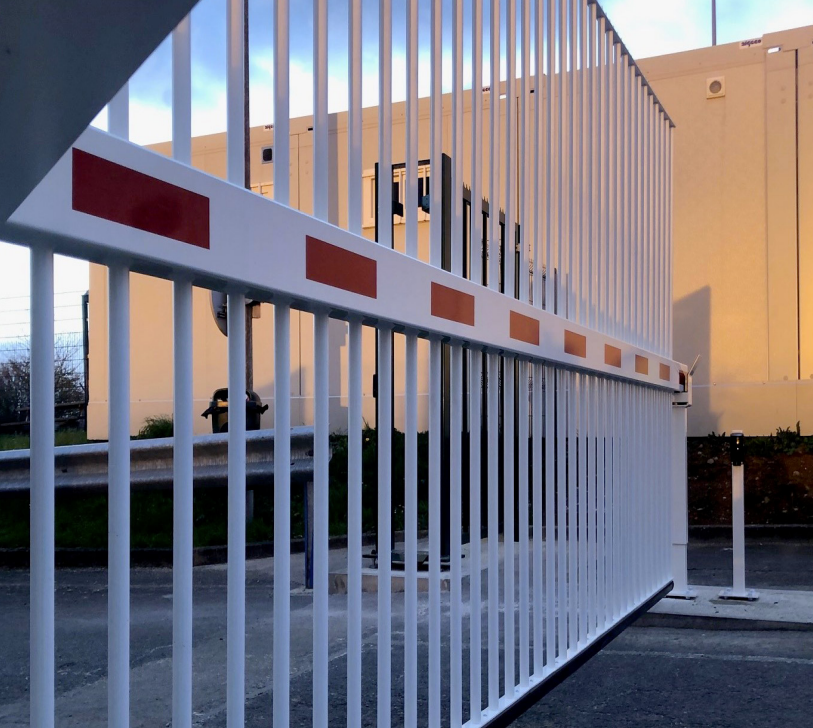
3. Surveillance Systems
• CCTV Cameras: Install closed-circuit television cameras along the perimeter, especially at vulnerable points like gates, corners, and potential blind spots. Ensure cameras have adequate resolution and night-vision capabilities.
• Coverage and Monitoring: Ensure there is no blind spot along the perimeter and that surveillance is either constantly monitored or recorded for post-incident analysis. Integrate with motion detection systems where possible.
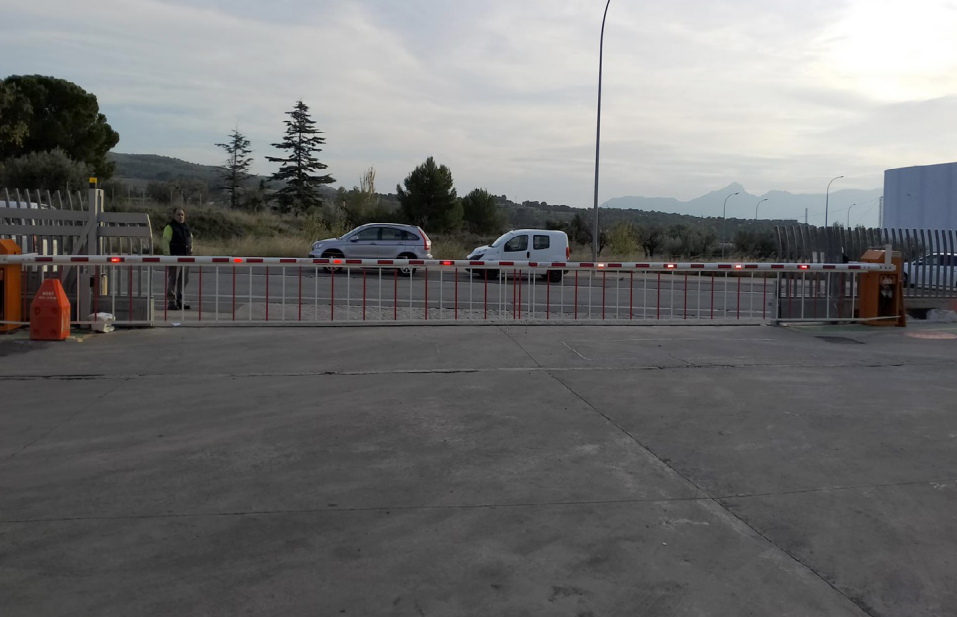
4. Lighting
• Sufficient Illumination: Proper lighting deters potential intruders and supports CCTV visibility. Consider motion-activated lighting for areas less frequently accessed, or perimeter lighting that runs through the night.
• Placement: Lights should cover all entry points, high-risk areas, and other vulnerable sections. Ensure lighting does not create glare or shadows that might obscure vision.
5. Intrusion Detection Systems
• Motion Sensors: Implement motion detection technology such as infrared, microwave, or vibration sensors to detect unauthorised movement. Sensors can alert security personnel or trigger alarms.
• Perimeter Alarm Systems: Use systems that can detect and report breaches in real-time. Sensors embedded in fences, walls, or pressure-sensitive mats can provide an early warning of potential intrusion attempts.
6. Natural Surveillance and Landscaping
• Line of Sight: Avoid planting large trees, bushes, or other landscaping features that could obstruct the view of security personnel or cameras. Keep the perimeter clear to provide natural surveillance opportunities.
• Secure Landscaping: Ensure landscaping does not provide hiding places for potential intruders. Use features like thorny shrubs near vulnerable areas (e.g., under windows or along fences) to deter physical breaches.
7. Security Personnel
• On-site Guards: Depending on the level of risk, employing trained security guards at key access points or for regular patrols enhances deterrence and response capabilities.
• Patrol Routes: Design proper patrol routes around the perimeter, either physically or through mobile surveillance devices like drones, and ensure personnel regularly monitor them for any breach attempts.
8. Perimeter Zones and Layered Security
• Buffer Zones: Create buffer zones or layered zones of security. For example, an outer fence, followed by a security zone, then an inner fence. This slows down intruders, allowing time for response.
• Clear Zone: Maintain a clear space between outer and inner security barriers where surveillance is optimal, and intruders are easily detectable.
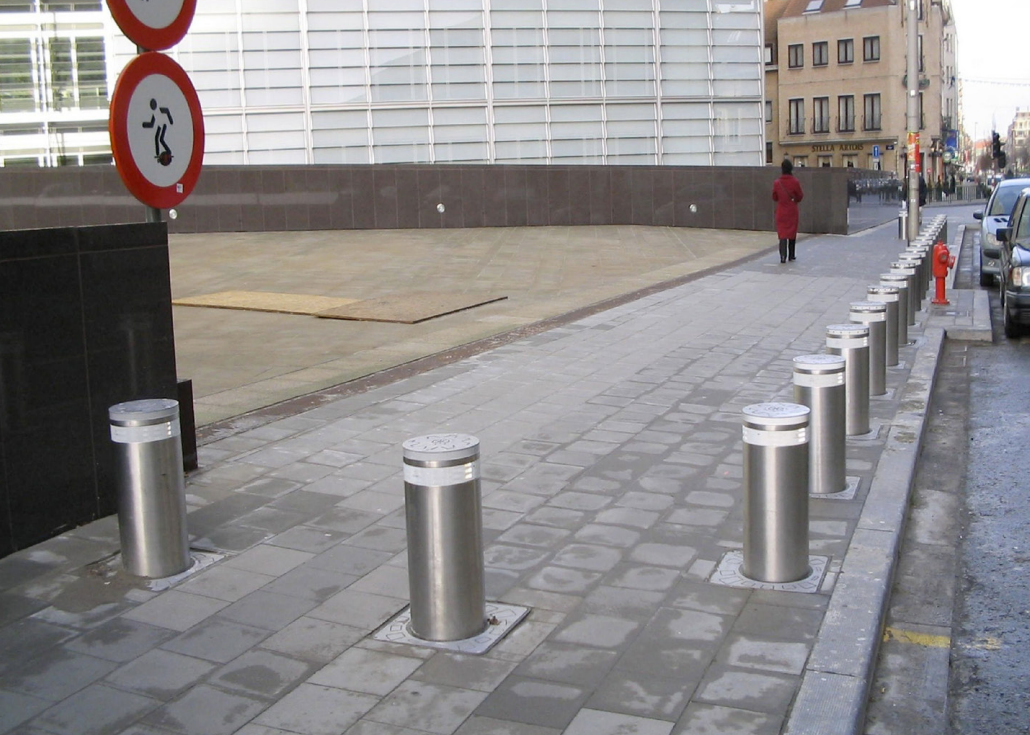
9. Local Threat Assessment
• Crime Rates and Risks: Consider the specific threats of the location, such as local crime rates, history of break-ins, or terrorist threats. The security level should match the risk level of the area.
• Natural Hazards: Evaluate the risk of natural disasters like floods, earthquakes, or severe storms that may compromise perimeter defences and plan for mitigation or repairs.
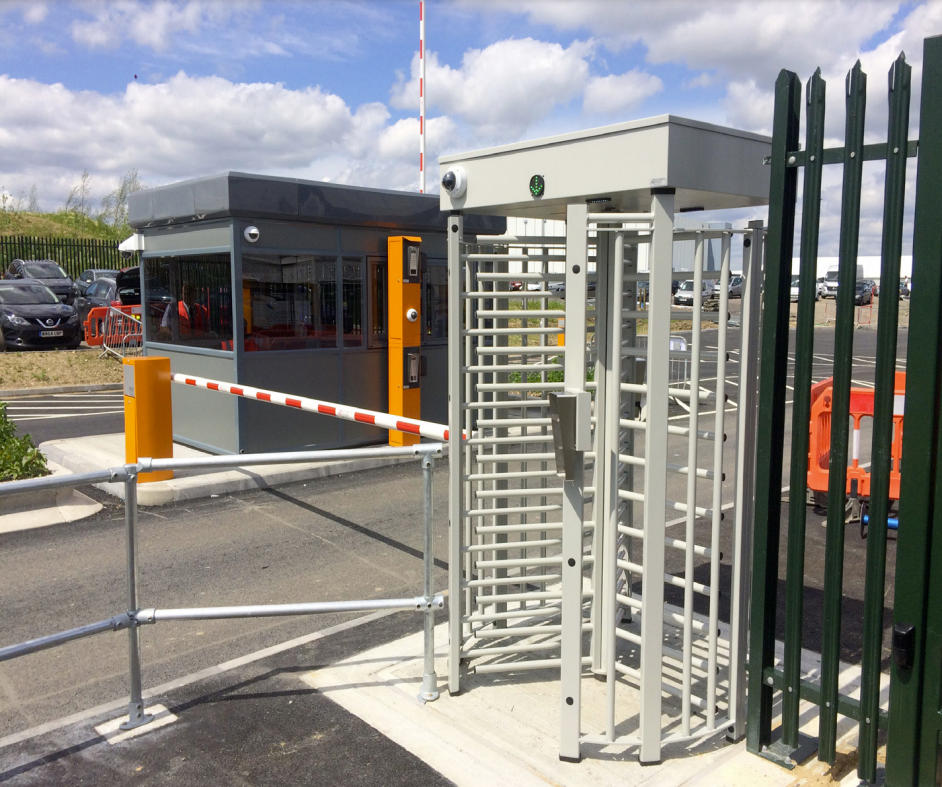
10. Legal and Regulatory Compliance
• Building Codes: Ensure that all physical barriers, lighting, and security measures comply with local building codes and regulations.
• Privacy Laws: When installing surveillance systems, ensure they comply with local privacy regulations, especially regarding recording public areas or neighbouring properties.
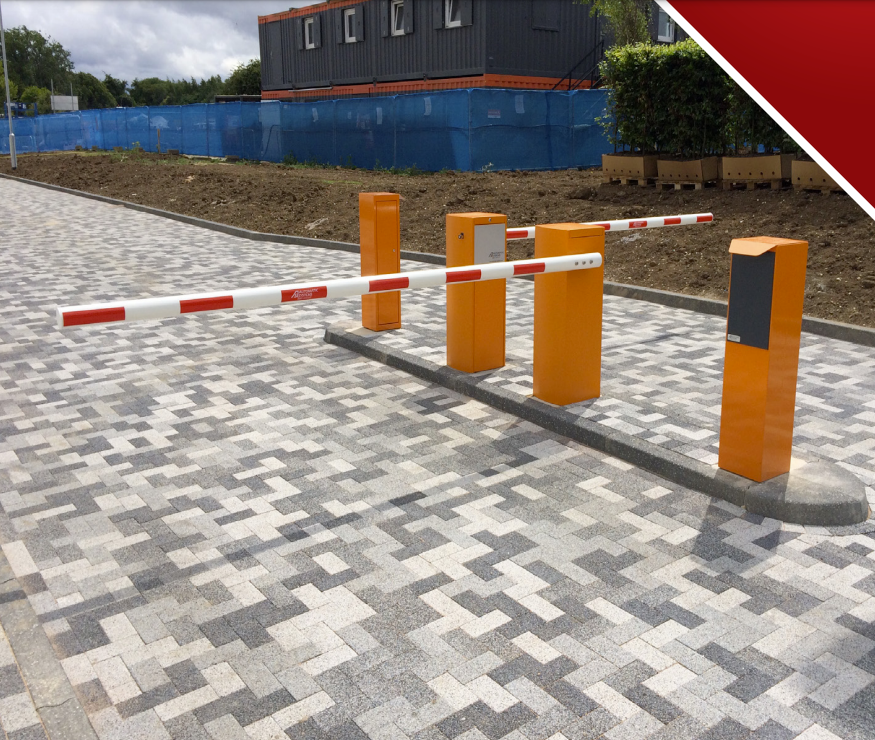
CONCLUSION
Investing in perimeter security for a building requires a comprehensive, layered approach that incorporates physical barriers, technology, personnel, and procedures. Key considerations include understanding the risks, selecting scalable and integrated solutions, ensuring regulatory compliance, and balancing effectiveness with cost and aesthetic concerns.
Proper planning, integration, and ongoing management are crucial for maintaining a secure and functional perimeter and by addressing these considerations, you can create a comprehensive perimeter security plan that balances physical, electronic, and procedural controls to protect the building and its occupants effectively.
Please contact us to find out more.
www.automatic-systems.com – sales.asgroup@automatic-systems.com